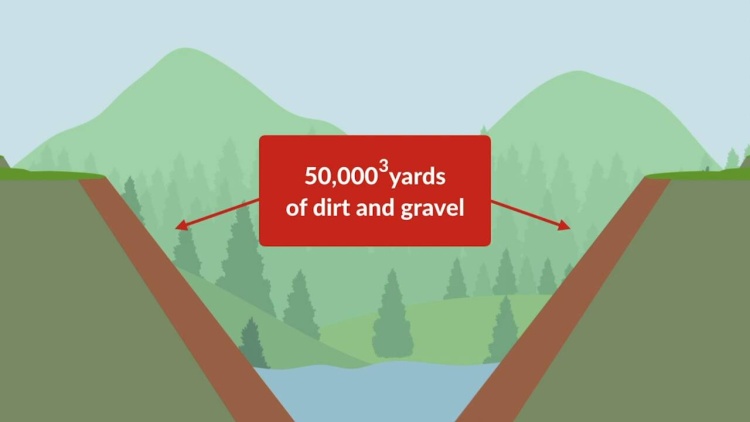Mineral Park Land Co. v. Howard
California Supreme Court
172 Cal. 289, 156 P. 458 (1916)

- Written by Christine Hilgeman, JD
Facts
Mineral Park Land Co. (Mineral Park) (plaintiff) owned land in a ravine. Howard (defendant) was under contract with the public authorities to construct a bridge over the ravine. Howard and Mineral Park executed a written contract in which Howard agreed to remove all of the gravel and earth necessary to complete construction of the bridge from Mineral Park’s property. It was estimated that 114,000 cubic yards would be needed, and Howard agreed to a per-cubic-yard payment schedule. Mineral Park brought an action against Howard alleging, among other things, that Howard had not removed from its property any more than 50,131 cubic yards and had procured the remaining sand gravel needed to complete the bridge from elsewhere. Howard defended that it removed only 50,131 cubic yards because that was all that was available on Mineral Park’s land. The trial court determined that, while Mineral Park had enough gravel and earth to supply Howard, only 50,131 cubic yards of it was above the water level and could be extracted without great expense and delay. The trial court, ruling in favor of Mineral Park, found that while Howard’s removal of the excess 50,131 cubic yards from the Mineral Park site was financially impracticable, it was not impossible. Howard appealed to the California Supreme Court.
Rule of Law
Issue
Holding and Reasoning (Sloss, J.)
What to do next…
Here's why 899,000 law students have relied on our case briefs:
- Written by law professors and practitioners, not other law students. 47,000 briefs, keyed to 994 casebooks. Top-notch customer support.
- The right amount of information, includes the facts, issues, rule of law, holding and reasoning, and any concurrences and dissents.
- Access in your classes, works on your mobile and tablet. Massive library of related video lessons and high quality multiple-choice questions.
- Easy to use, uniform format for every case brief. Written in plain English, not in legalese. Our briefs summarize and simplify; they don’t just repeat the court’s language.





